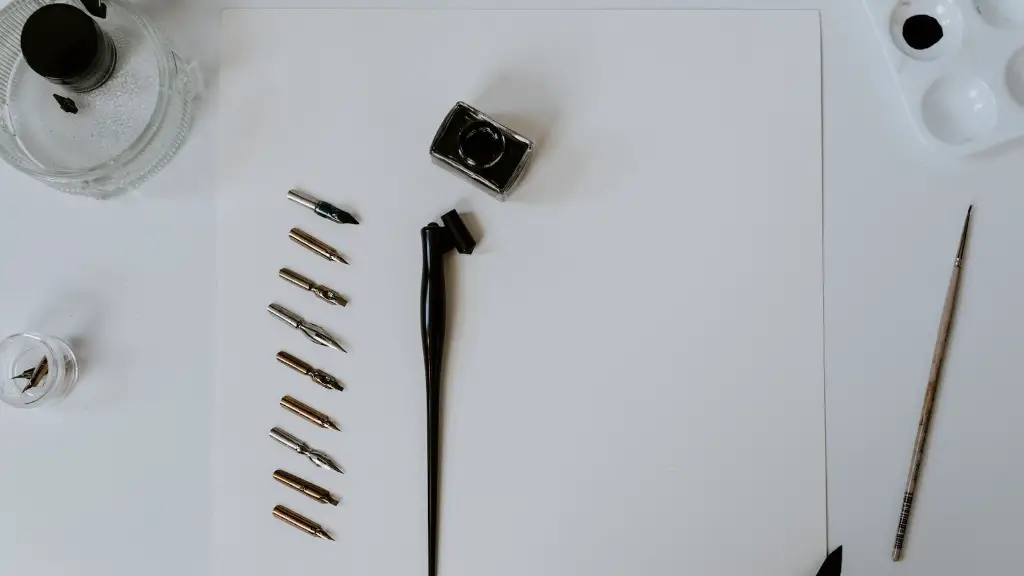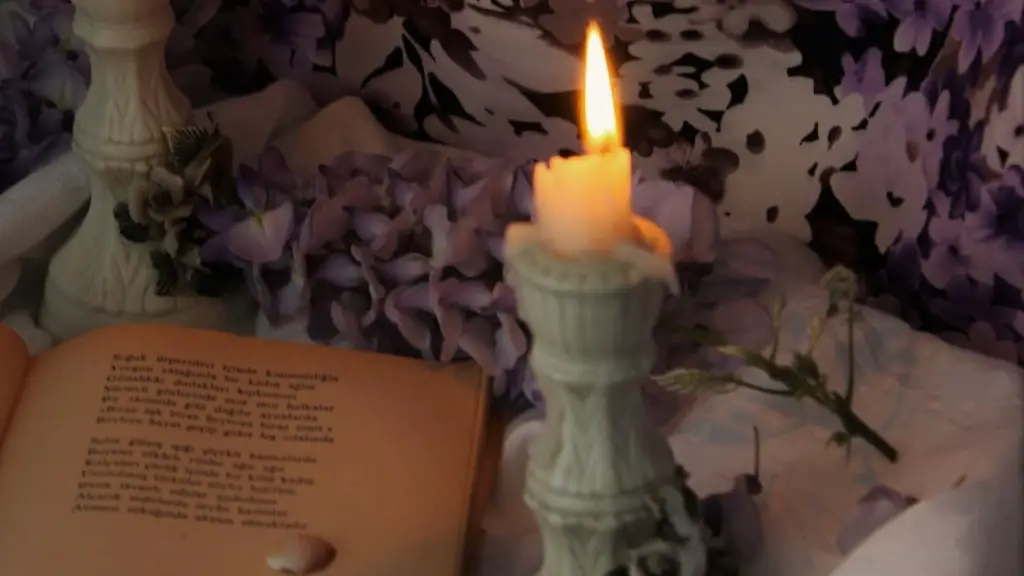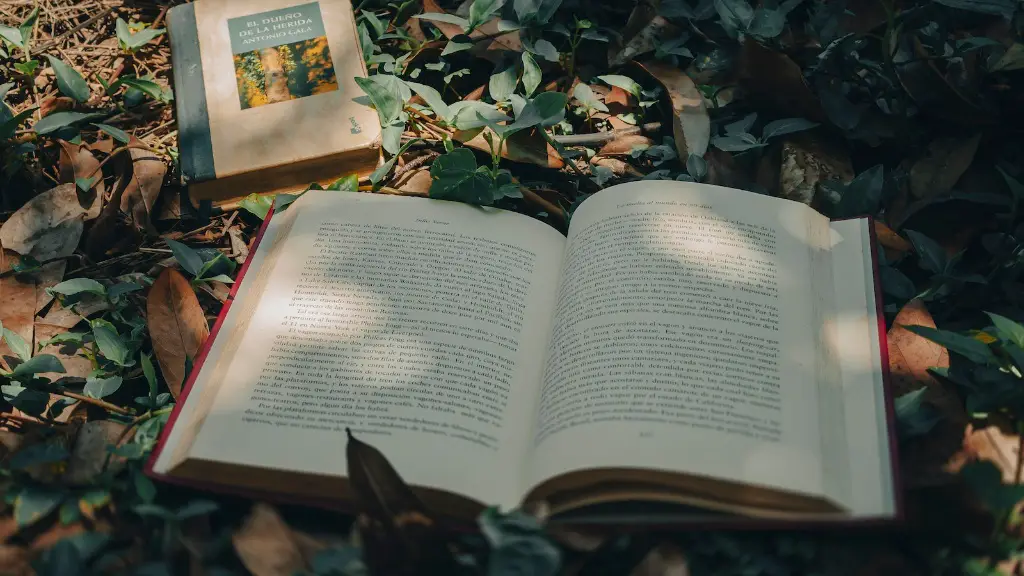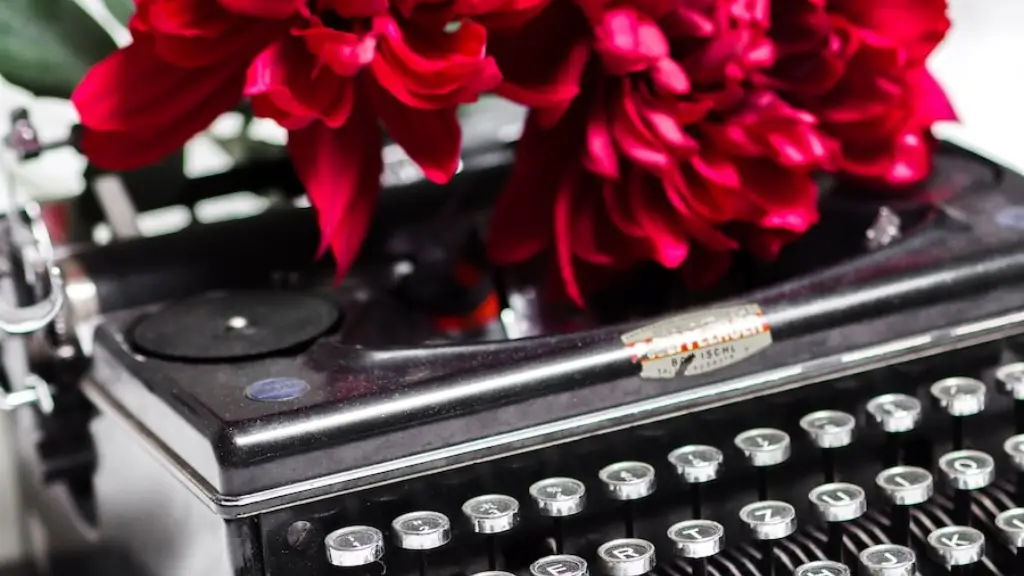Introduction
Analyzing poetry techniques is an important part of the creative process. It enables us to understand and appreciate the structure, rhythm, and meaning of a poem. By understanding the different poetic devices employed by authors, we can craft a deeper appreciation of the written word and the unique language used to convey different poems. In this article, we’ll cover the basic principles of analyzing poetry techniques, providing helpful tips and practical advice on this important subject.
Qualities of a Poem
A poem possesses certain qualities that are not found in a prose work, or in other types of writing. It is often characterized by a certain structure and order, as well as an economy of words. Poetry usually consists of stanzas made up of specific rhyme patterns, or meters, which provide a form and structure for a poem. It also contains a certain rhythm, or cadence, created by the sound and meaning of the words. In addition to these basic elements, there are also a variety of poetic devices used to create specific effects and add depth to the poem’s meaning.
Identifying Poetic Devices
To properly analyze poetry technique, you must be able to identify the various poetic devices employed by the author. One of the most common devices is imagery, or the use of words to evoke a visual image, or impression, in the reader’s mind. Symbolism is another common device that is used to represent an idea or emotion beyond its literal meaning. Similes, metaphor, and alliteration are also common devices that are used to add sound, substance, and meaning to a poem. An understanding of these and other poetic devices is essential for analyzing poetry techniques.
Elements of Poetry Analysis
When analyzing poetry techniques, it is important to remember that there are several basic elements to consider. First, consider the structure and order of the poem. Does the poem have a regular pattern of rhyme or meter? How do the lines appear on the page? What is the overall feeling of the poem? Is it upbeat or melancholy?
Next, carefully read through the poem and identify any recurring themes or images. Try to determine the main idea or message of the poem if possible. Once you have a better understanding of the poem, you can begin to analyze the specific poetic devices used by the author.
Analyzing Poetic Devices
Once you have identified the devices used by the author, look for specific examples of each device in the poem. Pay close attention to the words and images used, as well as how they are used to convey a particular emotion or impression.
For instance, if you notice that the poet has made us of imagery, think about what the images convey. Are the images vivid and detailed? Are the emotions indicated by the images subtle or intense? Are the images used consistently throughout the poem?
Using Multiple Strategies
Analyzing poetry techniques is not only about looking for specific examples of different poetic devices. It is also about understanding the poem as a whole and considering how the individual parts contribute to the overall meaning of the poem. For instance, consider how the title of the poem interacts with the poem itself, or how the structure of the poem helps to shape its meaning.
When analyzing poetry techniques, it is important to use multiple strategies. Read through the poem carefully, pay attention to the structure, and look for patterns and images that stand out. By combining an analysis of the individual parts with an understanding of the poem as a whole, you can craft a deeper appreciation for the authors’ work.
Comparing Poems
Once you have gained an understanding of the different devices used by authors, you can move on to comparing poems. By looking at two or more poems side-by-side, you can analyze how the various devices affect the poem’s meaning and help to shape the way readers interpret the poem. This can give you an even deeper appreciation for the craft and techniques used by authors when crafting their work.
Stylistic Choices
When analyzing poetry techniques, it is also important to consider the stylistic choices made by the author. This could involve looking at the way words are chosen, as well as the particular style of writing used. In many cases, stylistic choices can greatly affect the tone and mood of a poem. By understanding how authors use language, you can gain an even deeper appreciation for the craft of poetry.
Exploring Coincidences
Finally, when analyzing poetry techniques, it is important to keep an eye out for any coincidences or coincidental events. In many cases, authors will use a subtle reference or double-meaning to convey a specific emotion or image. By recognizing these coincidences and considering how they add to the poem, you can craft an even deeper understanding of the author’s intent.
Exploring Rhythm and Sound
In addition to looking for poetic devices, the rhythm and sound of a poem should also be considered when analyzing poetry techniques. This can involve looking at the number of syllables in each line, as well as looking for any alliteration or repetition. By understanding how these elements work together to create a certain rhythm, readers can gain an even better appreciation for the art of poetry.
Exploring Theme and Subtext
When analyzing poetry techniques, an important consideration is the theme or subtext of the poem. Consider the larger ideas that are being conveyed by the poem and how this affects the overall meaning. This could involve looking at political or social commentary, or taking a deeper look at the poem’s symbolism. By exploring the themes and subtext, readers can gain an even better appreciation for the author’s craft.
Exploring Metaphor and Simile
Finally, when analyzing poetry techniques, it is important to consider the use of metaphor and simile. These are two of the most common poetic devices that are used to create powerful and engaging images. By taking the time to consider the metaphors and similes used in a poem, you can gain an even greater understanding of the poem’s meaning.



